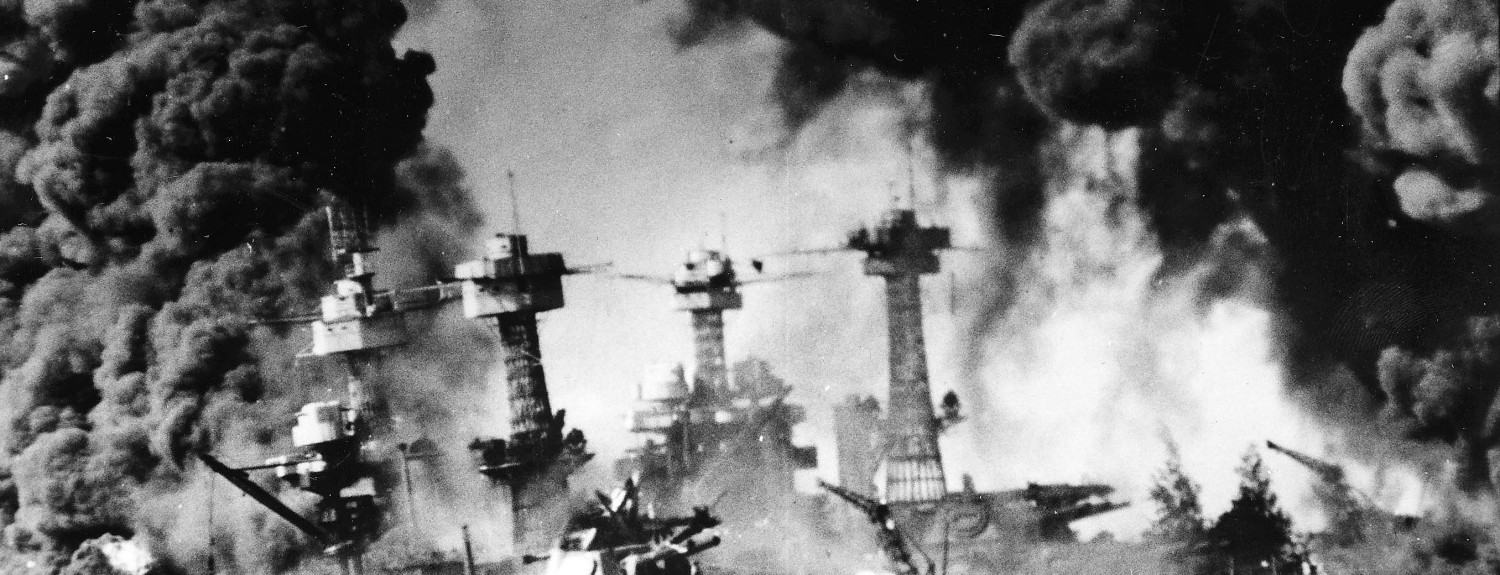After the Imperial Japanese Navy struck American military and prominent ships and installations at Pearl Harbor, Hawaii in a surprise military attack on December 7, 1941 — a date Franklin Delano Roosevelt said would “live in infamy” — United States Navy divers were tasked with the devastating but necessary job of recovering bodies of fallen service members.
The USS Arizona alone lost 1,177 members of its crew.
Ken Hartle, who passed away at the age of 103 in Escondido, California Tuesday at a center for patients with Alzheimer’s and dementia with his family by his side, was one of those dutiful, specialized military members.
And, according to an officer with the Navy Divers Association, he was the oldest surviving.
In an era before the dawn of modern scuba equipment, Hartle and the other Seabees had to do the painful, underwater job sporting diving apparatuses that weighed more than 200 pounds and featured a heavy canvas suit and the well-known big brass helmet.
Not surprisingly, like many proud veterans of World War II, Hartle wasn’t one to expound upon his service in the decades afterward.
“He just didn’t want to talk about it,” his son said. “He would only say the hardest part of the job was ‘bringing up our boys.'”
His kids also remembered just how tough their father was — and how he almost didn’t make it to the incredible age of 103, overcoming an incredible string of near-death experiences throughout his long life.
This from the Navy Times:
His son said Hartle managed to cheat death several times, beginning at age 3 when a mule kicked him in the face and knocked him unconscious for 20 hours.
At 9, he was stabbed in the neck during a schoolyard brawl. In college, he was flung hundreds of feet when his car was crushed by a truck. He was bitten by a rattlesnake and a scorpion while working alone at a mining camp.
He had colon and prostate cancer, six heart bypass surgeries, and broke his shoulder falling from a ladder while trimming trees when he was 97.
“He was from a generation of people who were amazingly tough,” said his daughter and longtime caregiver, Karen Dahl, 66. “He had a lot of problems with pain from the work he did in his younger life, but he never complained.”
After the war, he settled in Buena Park, California, and later became a chicken breeder in Valley Center in northern San Diego County.
“He was a great storyteller. He could talk for hours about his life in the most amazing detail. He loved his life and he had a wonderful one.”




































